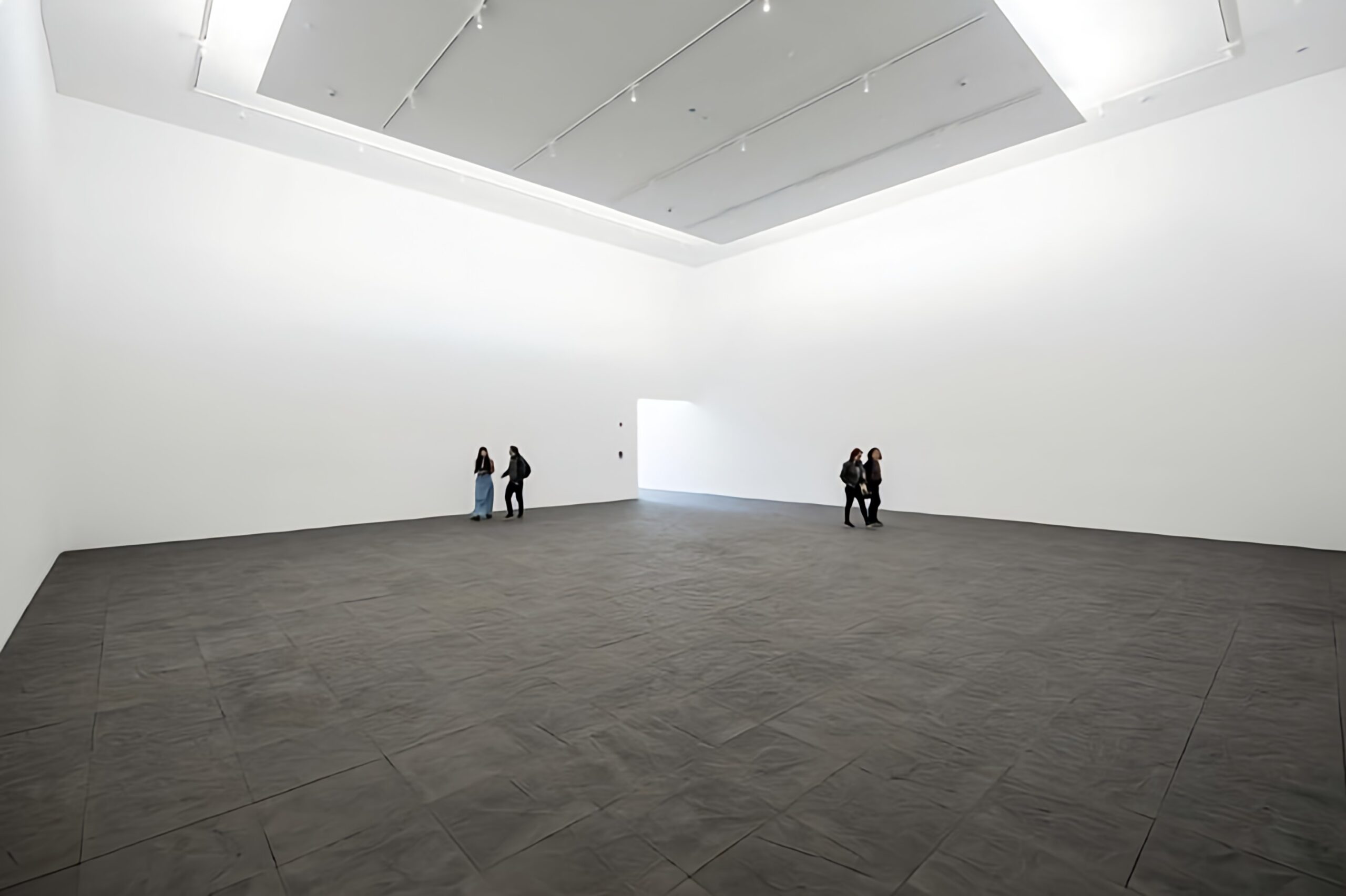DESIGN
Dialogue #02
MUSIC
Dr Bernardi explored what does it mean nowadays to relate to a place of memory. Almost a century ago, Robert Musil had ironically observed how monuments had become invisible: despite being made to be seen, they paradoxically stared to escape our visual perception.
“La cosa più strana nei monumenti è che non si notano affatto.
Nulla al mondo è più invisible.”
Robert Musil, Monumenti, 1927
Musli’s intuition, even after many decades, has urged several contemporary artists and architects to conceive new memorial forms, increasingly focusing on multi-sensory involvement and the motor-experiential dimension.
-
You touch the wall of names of the Vietnam Veterans Memorial in Washington, D.C. (1982).
-
You see the sign engraved on the surface of the Monument against fascism in Hamburg (1986-1993).
-
You listen testimonies in the Audiovisual Museum of the Resistance in Fosdinovo (2000).
-
You breathe the vapors in the commemorative installations of Teresa Margolles (2001 -2002).
-
You walk among the steles of the Holocaust Memorial in Berlin (2005).
-
And you trample on the instruments of violence in the Fragmentos space of art and memory in Bogota (2018).

From Dr Bernardi’s presentation.
Fragmentos. Espacio de Arte y Memoria. Bogotà, 2018, Doris Salcedo. Photo Juan Fernardo Castro
A leading role in the transmission of collective memory consists in memorials’ ability to guarantee functional effectiveness and at the same time offer shared experiences, setting emotions in motion with significant repercussions on our neuronal circuits. From this perspective, places of memory are increasingly configured as open devices, where the aesthetic-representative aspect gives way to collective experience and the active participation of communities.